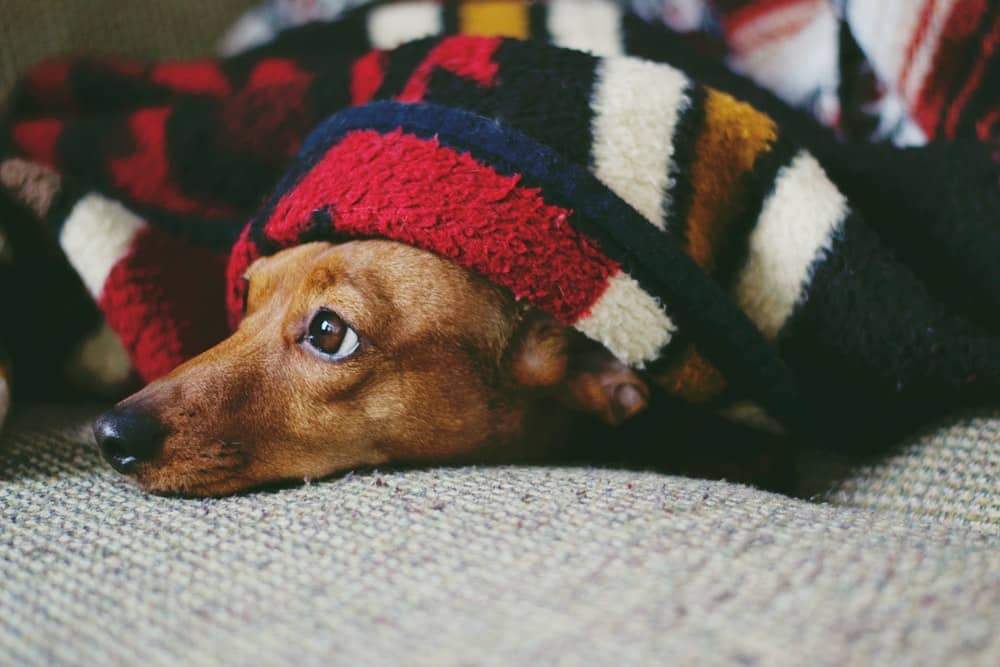Discoid Lupus Erythematosus in Dogs
DLE in Dogs
Discoid Lupus Erythematosus (DLE), also known as cutaneous lupus erythematosus, is the most common form of cutaneous (skin) lupus found in dogs. DLE is an immune-mediated condition, where the biological system perceives skins cells as threats and attacks them, causing them to slough.
The condition is characterized by the formation of scabs and inflammation of red sores, usually originating on the ear flaps (pinnae), genitals, and nose.Sores may also appear in other parts of the body.The insides of the nose, or nasal planum, may become discolored and lose its characteristic bumps – becoming smooth and prone to bleeding since it is a sensitive area developed with heavy blood circulation.
Diagnosis/ Treatment
The condition is usually diagnosed through the results from a skin biopsy. Vets will make small incisions in the affected areas, which are then sutured up. As the commonly affected areas such as the nose and ear flaps are highly sensitive, vets may place your dog under heavy sedation.
Treatment varies for each case, usually requiring a combination of systemic antibiotic therapies and immune-suppressing drugs. These treatments are aimed at reducing the crusting and ulceration of the skin.
It is common for affected dogs to contract secondary infections, which is why vets usually recommend bacterial cultures to determine the need for further treatment processes.
Prognosis
Prognosis is usually good for dogs suffering from DLE, usually recovering within a month of treatment. DLE may recur bit regular follow-ups with the vet alongside medical treatment should keep the condition under control. However, if left untreated, affected dogs face the risk of developing a type of skin cancer known as squamous cell carcinoma. Your vet might recommend a follow-up skin biopsy if they detect unusual changes in skin lesions.
Estimated Fees
DLE costs an average annual fee of $500 in vet follow-up and medical fees to keep the condition stabilized.
Home Care for Dogs with DLE
The UV rays of sunlight are known to exacerbate DLE conditions. As such, owners are advised to minimize their dog’s exposure to sunlight. It is best to limit walks to the early hours of morning or evening time. If the dogs are kept in an indoor environment, it is important to ensure that their enclosure is kept shaded at all times.
Some dogs may be prescribed topical cream to alleviate the itch of their skin lesions. Owners should distract their pets from licking the applied areas, which may reduce the effect of the treatment. This can be easily achieved with well-timed meals and regular short walks. Muzzles may be required for highly active dogs.
Related Content





















